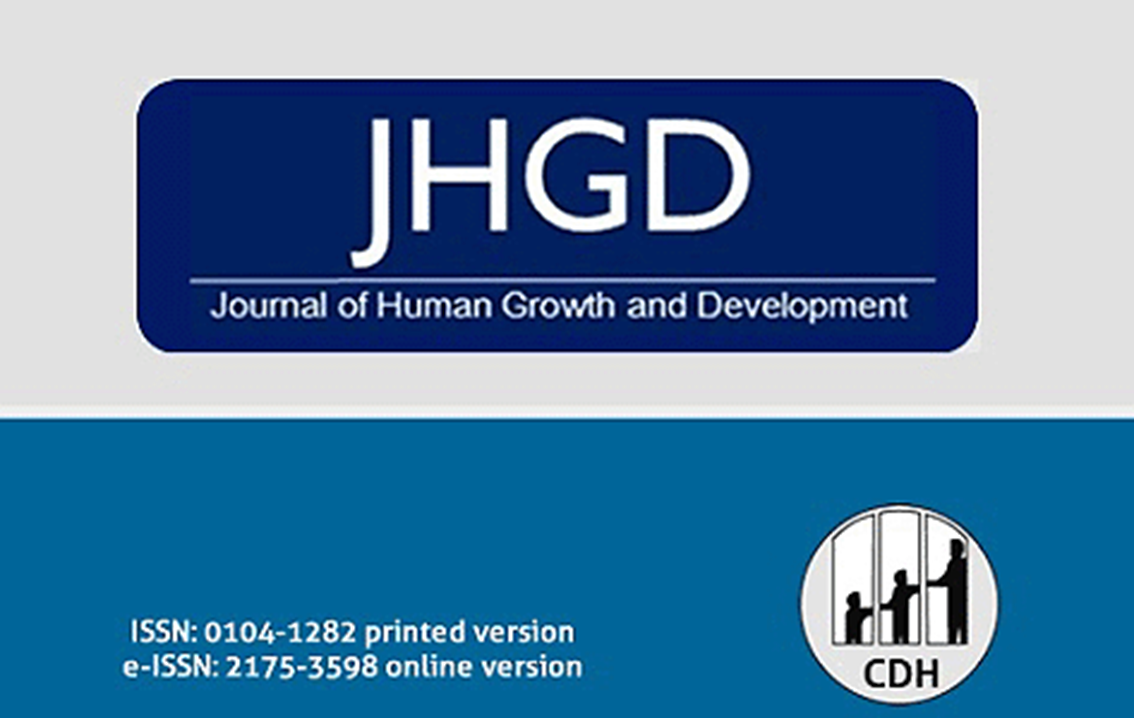Challenges in the surgical treatment of a 8-year old child living with Prune Belly syndrome: case report
DOI:
https://doi.org/10.36311/jhgd.v33.13793Keywords:
Prune Belly Syndrome, eagle-barrett syndrome, Monford abdominoplasty, case reportAbstract
Prune Belly syndrome, also known as Eagle-Barret syndrome, is a rare disease, with a prevalence of 3.8 live births per 100,000 births. Its main characteristic is the hypoplasia of the abdominal muscles, giving rise to the name “prune belly syndrome”. The gold standard treatment is surgery, ideally with correction of cryptorchidism and phimosis between 6 to 18 months of life. Correction of urinary malformations and abdominoplasty should be performed up to 4 years of age. Little evidence exists in the literature about late treatment and its implications for prognosis. The context mentioned above led us to present an uncommon case of a six years old child in which a surgical approach was performed later than usual.
Downloads
References
Tonni, G. et al. Prune-Belly Syndrome: Case Series and Review of the Literature Regarding Early Prenatal Diagnosis, Epidemiology, Genetic Factors, Treatment, and Prognosis. Fetal and Pediatric Pathology, Guastalla, v. 31, n. 1, p. 13-24, 2012.
Routh, JC. et al. Contemporary Epidemiology and Characterization of Newborn Males with Prune Belly Syndrome. Urology, Boston, v. 76, n. 1, p 44-48, 2010.
Lopes, RI. et al. 27 years of experience with the comprehensive surgical treatment of prune belly syndrome. Journal of pediatric urology, São Paulo, v. 11, n. 5, p 1-7, 2015.
Lopes, RI.; Baker, LA.; Denes, FT. Modern management of and update on prune belly syn-drome. Journal of pediatric urology, São Paulo, v. 17, n. 4, p 548-554, 2021.
Nogueira, PCK.; Paz, IP. Signs and symptoms of developmental abnormalities of the genitou-rinary tract. Jornal de pediatria, São Paulo, v. 92, n. 3, p S57-S63, 2016.
SEIDEL, N.E; ARLEN, A M; SMITH, E.A; KIRSCH, A. J. Clinical Manifestations and Manage-ment of Prune-belly Syndrome in a Large Contemporary Pediatric Population. Pediatric Urolo-gy, v.85, p.211-215, 01 de jan. de 2015.
Lopes, RI; Tavares, A; Denes, FT; Cocuzza, M. Gonadal function and reproductive system anatomy in post- pubertal prune-belly syndrome patients. Urology. v 145, p. 292-296, 1 de nov.de 2020.
Dénes, FT et al. Abdominoplasty in Prune Belly Syndrome. Journal of Pediatric Urology, v.11(5), p.291-292, 21 de jun. de 2015.
Fearon, JA.; Varkaraski, G. Dynamic abdominoplasty for the treatment of prune belly syn-drome. Plastic and reconstructive surgery, Dallas, v. 130, n. 3, p 648-657, 2012.
Denes, FT; Arap, MA; Giron AM; Silva FAQ; Arap, S. Comprehensive surgical treatment of prune belly syndrome: 17 years’ experience with 32 patients. Pediatric urology, v. 64, p. 789-794, mai. 2004.
Downloads
Published
Issue
Section
License
Copyright (c) 2022 Trivilato RA, Dadalt G, Assenço DL, Barbalho DF, Costa MR, Chater N, Lima RR, Barreira BMA, Teixeira JPB, Cruvinel F, Figueiredo JL

This work is licensed under a Creative Commons Attribution 4.0 International License.






